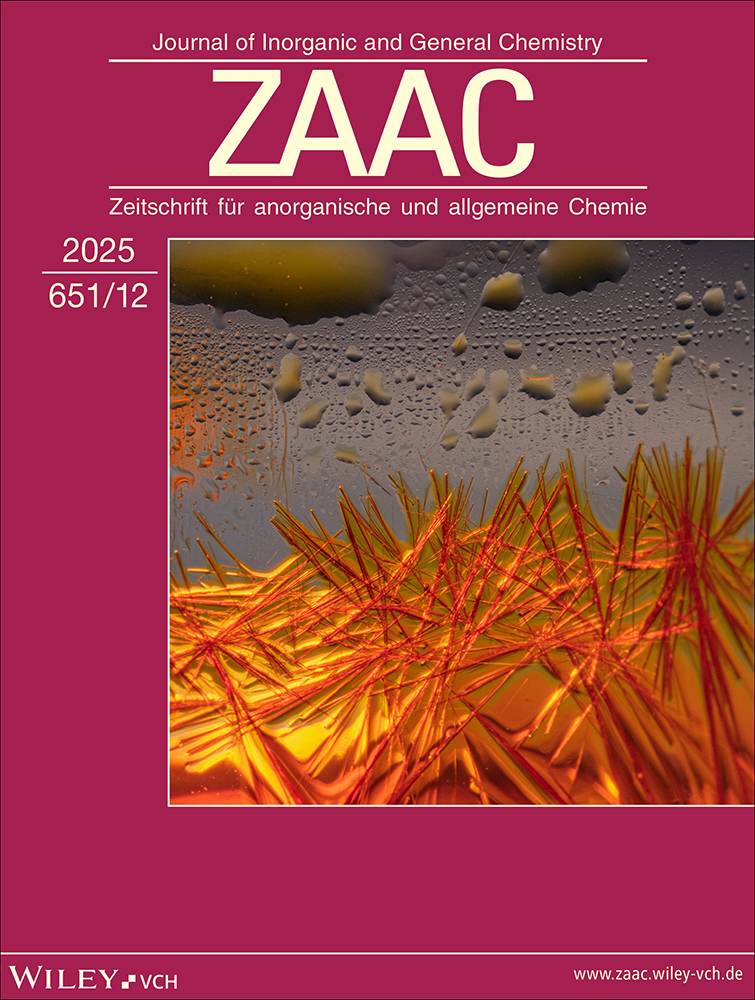X-Ray Photoelectron Spectroscopy of Palladium Fluorides†
Dedicated to Professor Paul Hagenmuller on his 65th Birthday
Abstract
enX-ray photoelectron spectra of several Palladium fluorine compounds have been investigated. In all these phases Palladium atoms have a more or less distorted octahedral coordination. Satellite Structures generally occur in Pd 3d3/2 and Pd 3d5/2 levels and broad F 1s peaks are observed. Shifts in binding energies can be correlated with Palladium oxidation State and covalency. XPS results clearly confirm the unusual +III oxidation State of Palladium in NaPdF4, Na3PdF6, K3PdF6, and K2NaPdF6.
Abstract
deRöntgen-Photoelektronen-Spektroskopie an Palladiumfluoriden
Die Röntgen-Photoelektronenspektren Von mehreren Palladium-Fluor-Verbindungen wurden untersucht. In allen diesen Phasen haben die Palladiumatome eine mehr oder weniger gestörte oktaedrische Koordination. Setellitenstrukturen zeigen sich im allgemeinen im Pd 3d3/2 und Pd 3d5/2 Niveau und breite F 1s-Peaks werden beobachtet. Verschiebungen der Bindungsenergien können mit dem Kovalenzgrad und dem Oxydationszustand des Palladiums in Beziehung gesetzt werden. Die XPS-Ergebnisse bestätigen deutlich den ungewöhnlichen Oxydationszustand 3+ des Palladiums in NaPdF4, Na3PdF6, K3PdF6 und K2NaPdF6.




